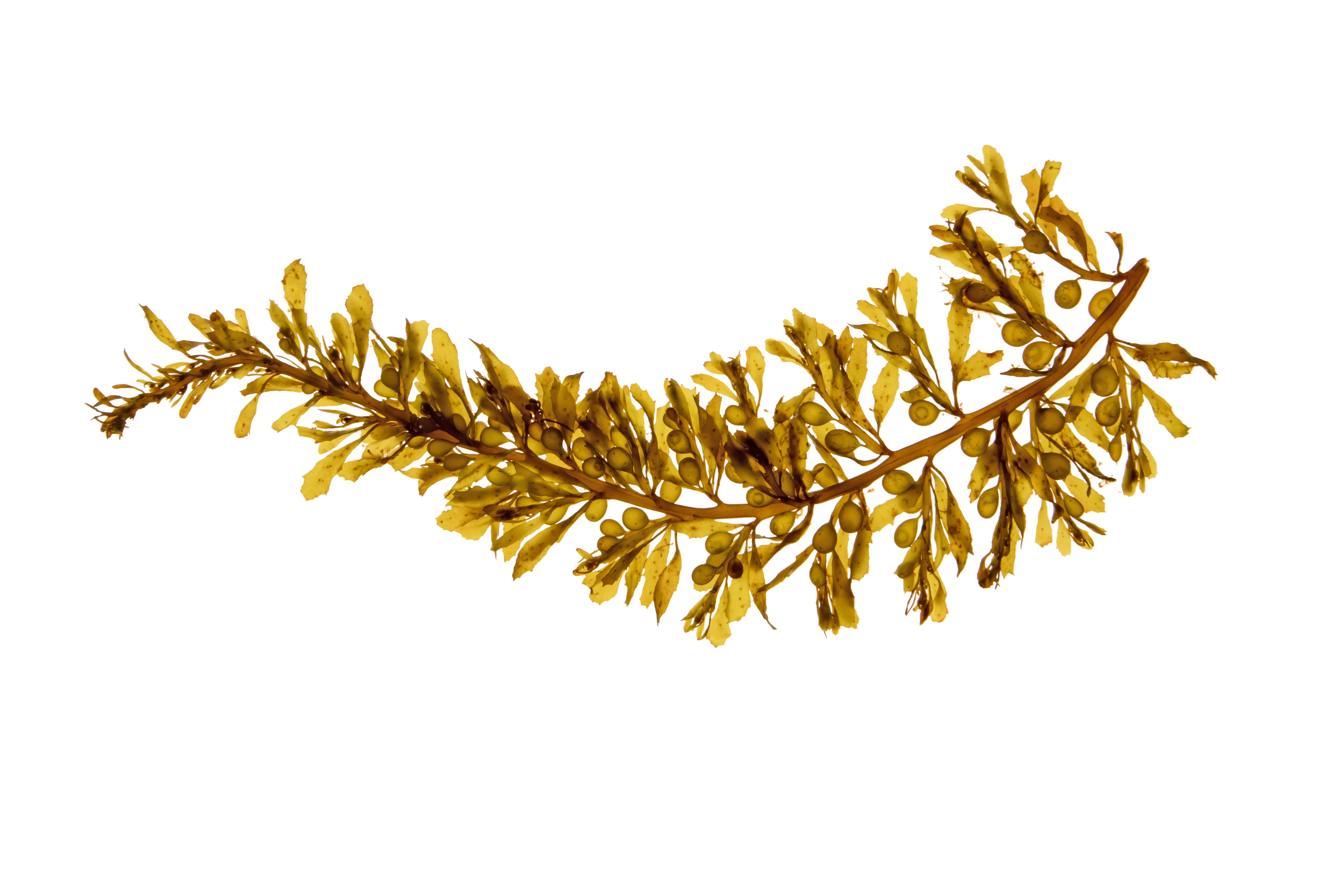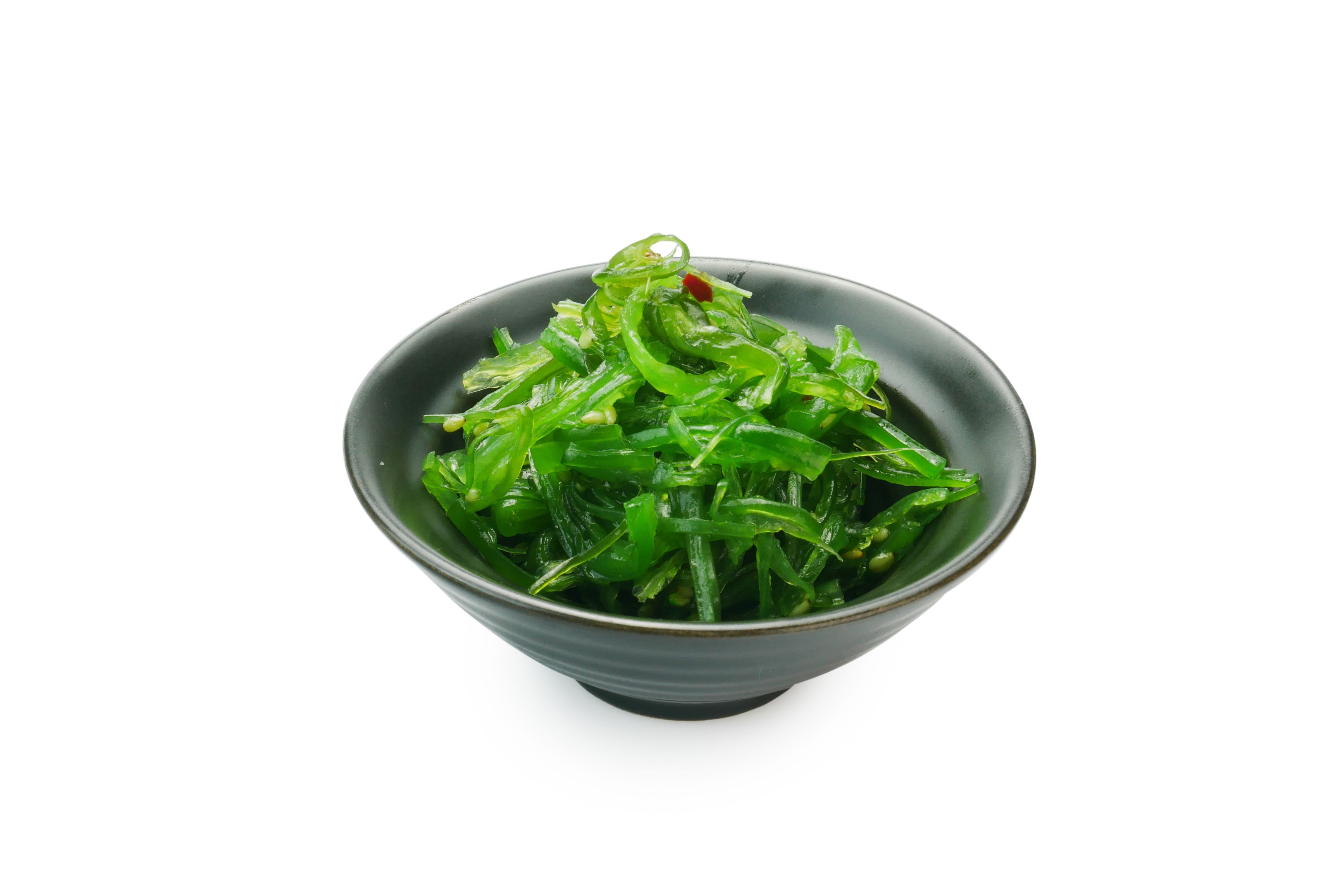Exploring Sea Oak: The Unique Brown Alga with Air Bladders
What is Sea Oak?
Sea Oak, scientifically known as Halidrys siliquosa, is a fascinating type of brown algae that thrives in the cool, nutrient-rich waters of the North Atlantic Ocean. Distinguished by its unique appearance, Sea Oak is often recognized for its air bladders, which contribute to its buoyancy. This buoyancy allows it to remain upright in the water, optimizing sunlight exposure for photosynthesis, an essential process for its growth and survival.

The Unique Features of Sea Oak
One of the most intriguing characteristics of Sea Oak is its structure. It features long, ribbon-like fronds with a series of air bladders, which are small, bubble-like structures. These air bladders are crucial for maintaining the algae's position in the water column, allowing it to float towards the surface where sunlight is abundant. This adaptation is vital for its photosynthetic activities.
Beyond its physical attributes, Sea Oak plays a significant ecological role in its marine environment. It provides shelter and sustenance for various marine organisms, including small fish and invertebrates, making it an integral component of the underwater ecosystem.
The Role of Sea Oak in Marine Ecosystems
Sea Oak serves as a mini-ecosystem within itself. Its dense fronds create a habitat for numerous marine species, offering both protection and a source of nourishment. The presence of Sea Oak can enhance biodiversity in marine areas, creating a thriving environment for various life forms. Additionally, it acts as a natural water purifier by absorbing excess nutrients in the water, thus maintaining the balance of the marine ecosystem.
Sea Oak's Importance to Humans
While Sea Oak primarily benefits marine life, it also holds significance for humans. Historically, seaweeds like Sea Oak have been used in various applications, from food to fertilizer. Its rich nutrient content makes it a valuable resource for improving soil quality in agriculture. Moreover, ongoing research explores its potential in biotechnological applications, including biofuels and pharmaceuticals.
Another interesting aspect of Sea Oak is its potential use in combating climate change. Like other algae, it plays a role in carbon sequestration by absorbing carbon dioxide during photosynthesis. This ability positions Sea Oak as a potential ally in efforts to reduce atmospheric carbon levels.

Challenges and Conservation
Despite its benefits, Sea Oak faces threats from environmental changes such as ocean acidification and pollution. These factors can affect its growth and survival, ultimately impacting the broader marine ecosystem. Conservation efforts are essential to protect Sea Oak and other marine algae, ensuring they continue to thrive and provide their ecological benefits.
Conservation strategies include monitoring water quality, regulating fishing activities that may disrupt their habitats, and promoting awareness about the importance of marine algae. By protecting these vital organisms, we can help sustain healthy oceanic environments.
Conclusion
Sea Oak stands out not only for its unique physical characteristics but also for its crucial role in marine ecosystems and potential benefits to humans. As we continue to explore and understand this remarkable brown alga, it becomes increasingly clear that protecting and conserving such species is essential for maintaining the health of our oceans and the planet as a whole.
Through continued research and conservation efforts, we can ensure that Sea Oak and similar marine organisms continue to flourish, supporting diverse marine life and offering benefits that extend beyond their underwater realms.
